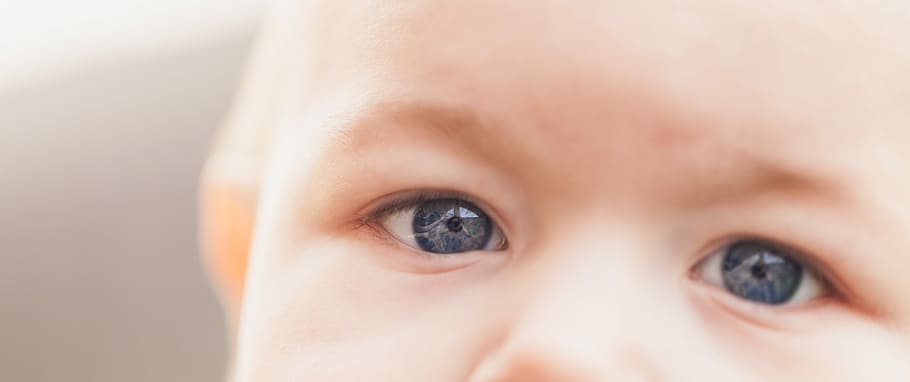Here is a list of the ten most common symptoms of visual problems in children:
 It is very close to the television.
It is very close to the television.- He winks when he’s staring at something.
- You have recurring styes.
- Read following the line of text with your finger or do it very slowly.
- It is very close to the papers.
- It is not interested in details that are far away.
- Blinks a lot when trying to focus on something.
- You get tired when you read.
- You do not see posters in the distance.
- He rubs his eyes.
Poor vision is a trigger for school failure.
Just as signs are recognized at home, they can also be identified at school; Teachers can also tell by seeing if the child who happens to sit down at the end of class is more distracted or has narrowed eyes.
We have to be attentive to all these symptoms all the people who are around the child, and once we detect them, we must carry out an ophthalmological examination.
As we do pediatric check-ups, it is advisable to do a normal and current check-up at 4 or 5 years is ideal. Because at 4 years of age, the child begins to learn letters, he already collaborates more in the consultation, and this is quite useful for non-specialized people; we can take him to an optometrist, a general ophthalmologist, at 4 years, he should be able to get the most out of it and all the information you need.
If, for whatever reason, the child has any symptoms before the age of 4, for example, the twists his eyes, his eye has a strange shine, his eyes vibrate, etc … A series of problems that, although the child has 3 months, it is necessary to go to the ophthalmologist (it is recommended that they be pediatric specialists) to investigate a little more.
If you do not have any unusual symptoms, 4 years is the ideal age to take a child to the ophthalmologist for the first time.
More is better
It is becoming a trend to have more than one pair of glasses, because like bags and shoes, they are accessories that personalize and highlight the look. The choice depends on the style of each person, but it is suggested:
- For formal moments such as the office, reserve the most classic and simple models with a chic touch such as frames with a “ducked” or colored style and lenses that darken in the sun with traditional tones such as brown or gray.
- For more casual days, large models with details or brightness and that the lens darkens to more attractive colors such as amethyst or sapphire.
- For special events, bolder shapes such as hexagonal, octagonal, or heart-shaped lenses, with animal print designs.